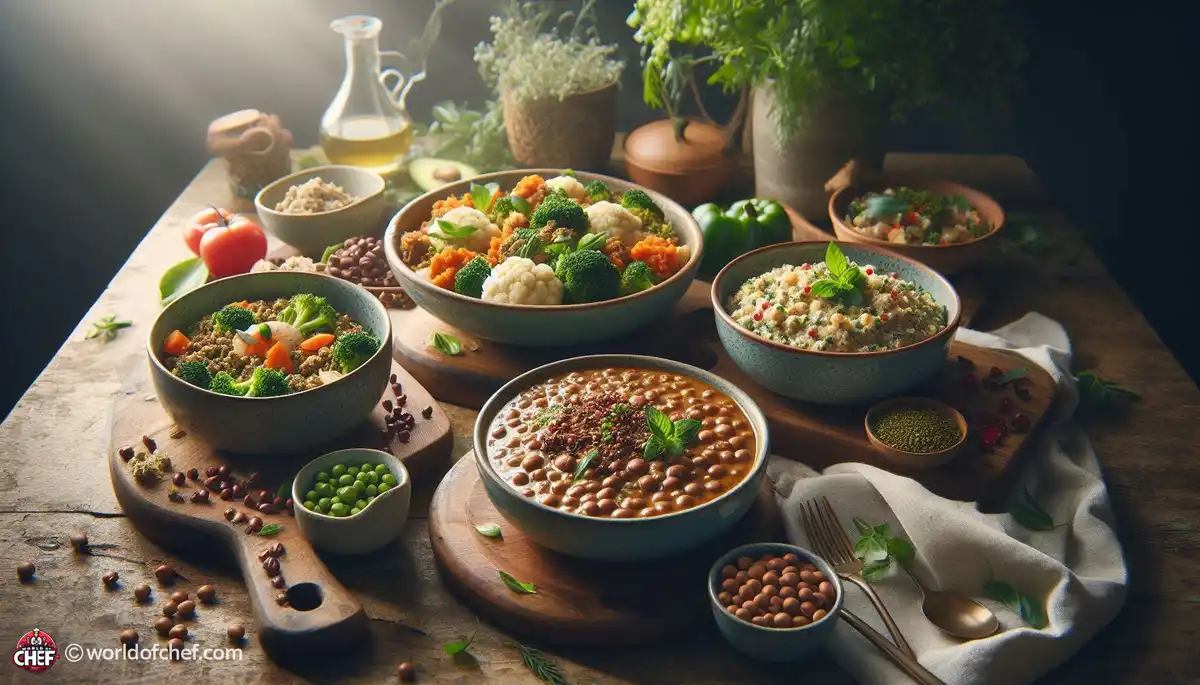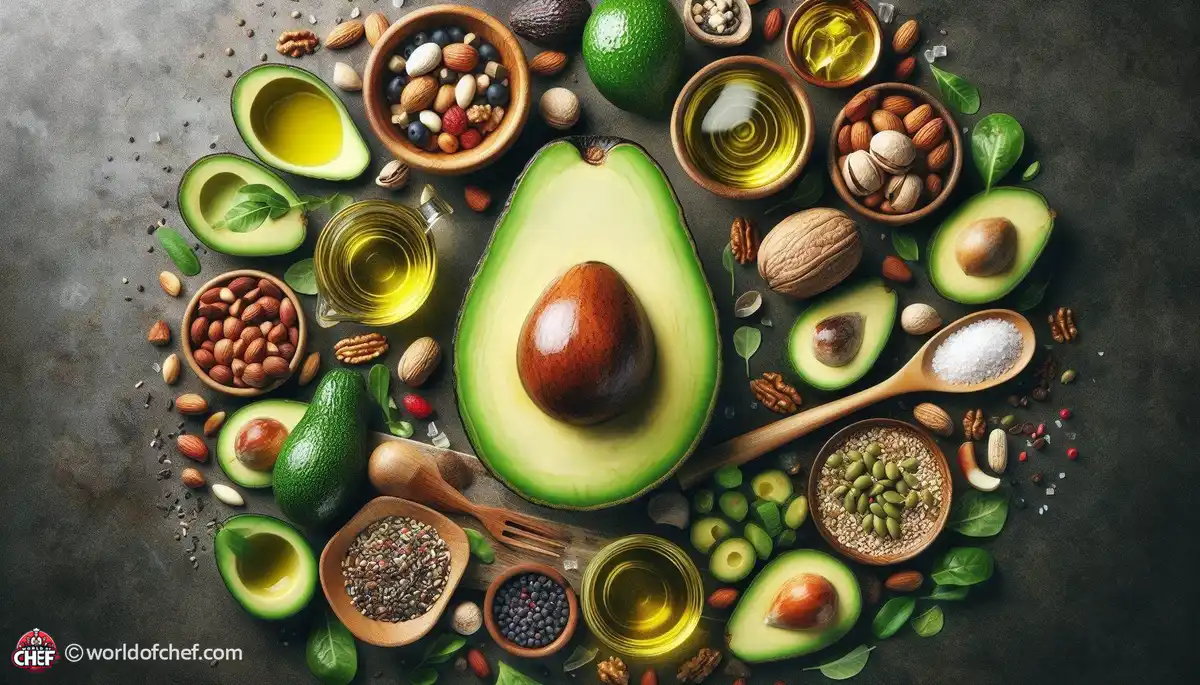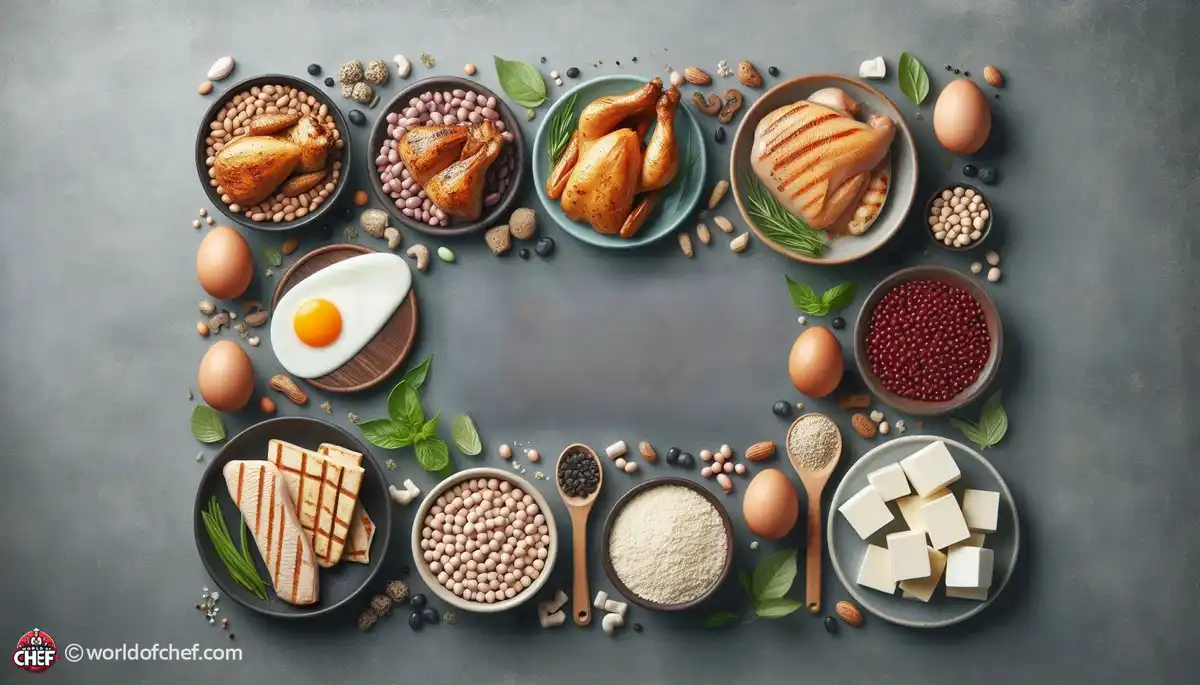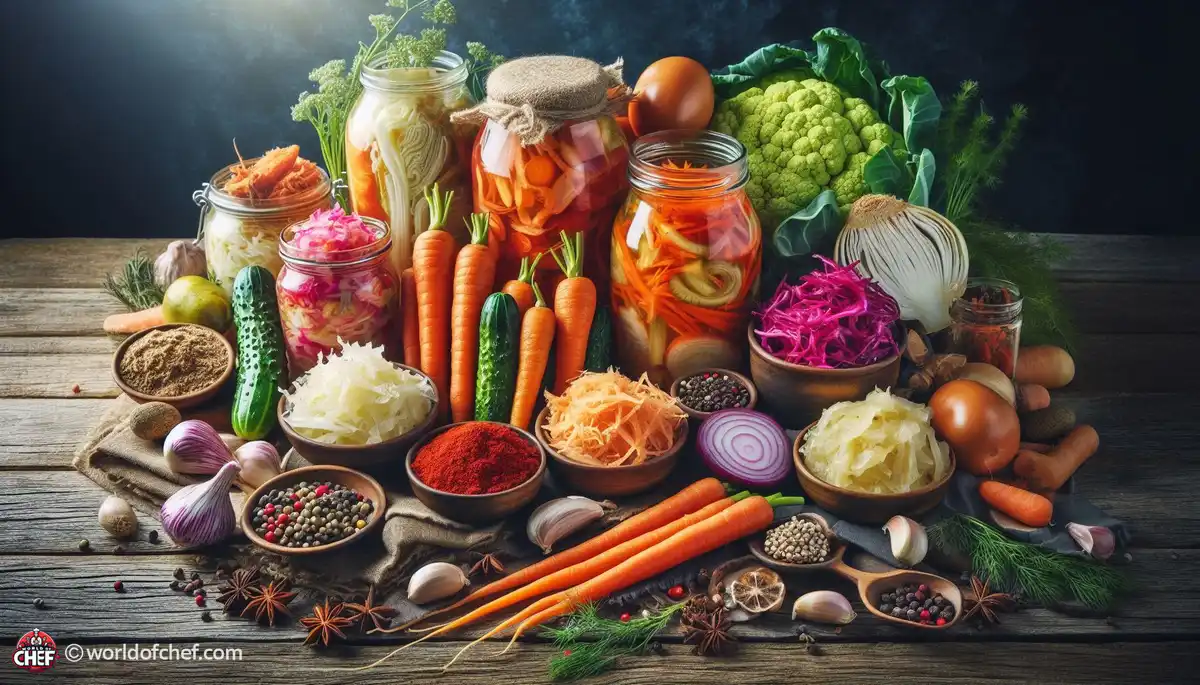
Unraveling the Mysteries of Saturated and Unsaturated Fats
Lydia Timmerman - Oct 6, 2024 - 6 min read


Fiber is an unsung hero in your diet. Sure, you've heard a lot about proteins and healthy fats, but when it comes to healthy digestion and reducing blood sugar levels, improving cholesterol levels, this essential nutrient cannot be overestimated. A good diet containing high-fiber foods improves gut health, prevents constipation, and can even help prevent chronic diseases such as heart disease and diabetes. Such knowledge of fiber can decide your diet choices that may positively impact your health in the long term.
With regard to daily Fiber Intake, recommendations vary according to age, gender, and activity level; however, a commonly referenced range is 25-38 grams per day in adults. Most adults fall short of even that rather modest standard, due at least in part to diet patterns heavily weighted with processed foods and low in fruits, vegetables, and whole grains. Increasing fiber consumption is not a daunting process; it can be accomplished through minor changes such as choosing whole grain bread over white or adding an extra serving of vegetables to the plate.
Fibre in the diet is in the abundance of plant food source, such as fruits, vegetables, legumes and whole grains. Taking the majority of these ensures one satisfies the variety of types nutrient and fiber. Many exceptional examples include berry, avocado, broccoli, lentil, quinoa and chia seeds. Mixing things also keeps meals fresh as ways to attain fiber requirements but don't forget how mix-and-match can balance out the diets.
Sometimes, there is nothing more comforting than a bowl of hearty lentil soup. The soup is even better when the ingredients are all fiber-rich. Start with sautéing some onions, carrots, and celery in a large pot. Then, add dried lentils, vegetable broth, diced tomatoes, and any herbs or spices you fancy. Allow the soup to simmer until the lentils are tender and the flavors have melded together. Serve it with crusty whole grain bread for a hearty, healthy meal that will fill you for hours.
With quinoa being a complete protein and such a good source of fiber, it's a perfect base for these delicious stuffed bell peppers. Start by cooking the quinoa according to its package instructions. As it cooks, half two bell peppers and remove the seeds and membranes. Sauté in a skillet the onions, garlic, diced tomatoes, black beans, corn, and favorite spices until fragrant. Mix cooked quinoa in with the mixture and fill the bell pepper halves with it. Bake in the oven until the peppers are tender and the filling heated through. Garnish with fresh cilantro and dollop of Greek yogurt to burst in flavor.
Buddha bowls are just so appealing to the eye but are also very nourishing, especially when they're packed with fiber-rich roasted vegetables. Start by tossing your favorite vegetables – sweet potatoes, Brussels sprouts, cauliflower, and bell peppers, for example – in olive oil, salt, and pepper. Roast them in the oven until they're golden and tender. Meanwhile, cook quinoa or brown rice as the base of your bowl. Now, add roasted vegetables on top, along with slices of avocado, chickpeas, and a drizzle of tahini dressing. That is a colorful, nutritious meal that is as healthy as it is pleasing to the eye.
If you are not used to consuming much fiber, then gradually introduce it into your diet to avoid discomfort and pain in the digestive tract. You can start with a small amount of high-fiber foods and gradually add more to your subsequent meals. This would allow your digestive system to get used to it and minimize some side effects such as bloating and gas.
Choose whole grains such as brown rice, quinoa, barley, and oats because they contain more fiber and nutrients than the refined options. Whole grains include all the bran and germ from which most of the fibers are stored; hence making them healthier to eat on a meal.
Snacking is one of those prime opportunities to sneak a little extra fiber into the mix during the day. That said, rather than opt for processed snacks such as chips or cookies, why not go for whole foods snacks like Fresh Fruits and raw vegetables with a couple of tablespoons of hummus or a fistful of nuts and seeds? For one, they're extremely tasty, but they will also be crunchy and really filling, and of course, a good dose of fiber.
High-fiber foods do not have to be boring or restrictive. A little creativity and experimentation will help you enjoy a wide variety of delicious meals that nourish your body and support your overall health. From hearty soups and stuffed peppers to vibrant Buddha bowls, there are endless possibilities for incorporating fiber-rich ingredients into your dinner routine. So why not start tonight? Your body will thank you for it.

Lydia Timmerman - Oct 6, 2024 - 6 min read

Logan Trowbridge - Oct 6, 2024 - 7 min read

Wayne Tobar - Oct 4, 2024 - 8 min read

Harry Puga - Oct 3, 2024 - 9 min read